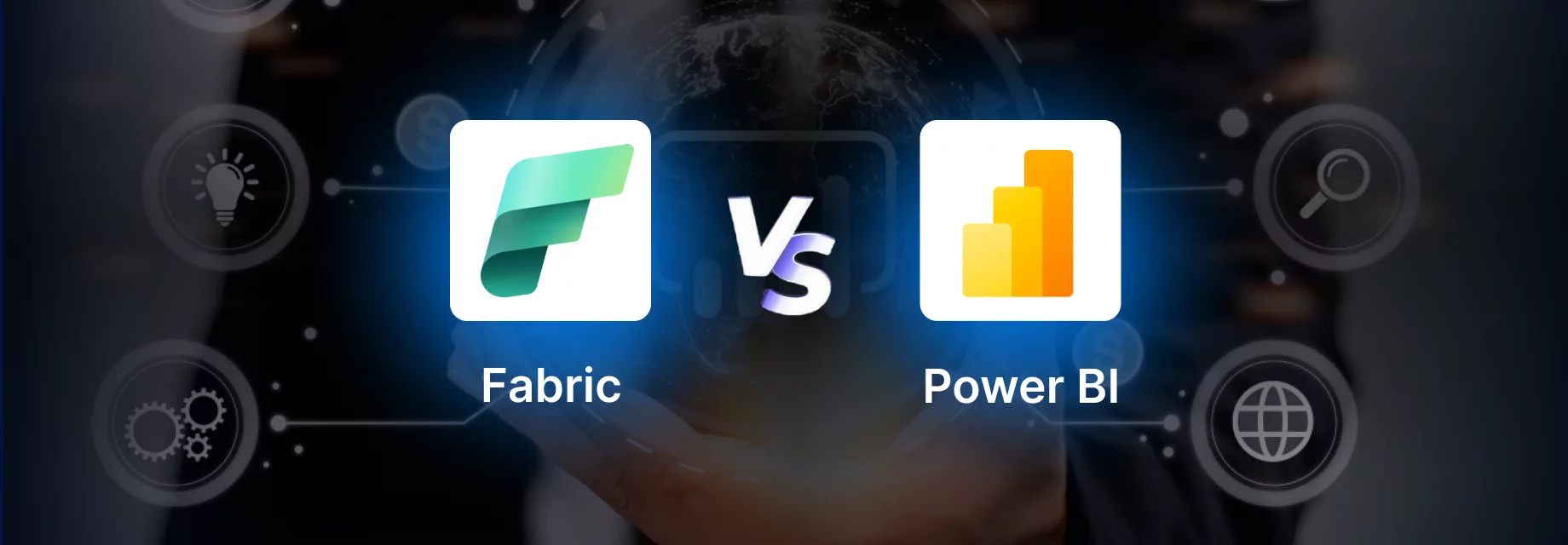With the proliferation of smartphones and the internet. E-commerce shopping apps have become an integral part of modern life, offering unparalleled convenience and accessibility to consumers worldwide. shopping has transitioned from brick-and-mortar stores to digital platforms. The COVID-19 pandemic further accelerated this shift, as lockdowns and social distancing measures prompted more people to shop online.
Today, e-commerce giants like Amazon and Flipkart dominate the market, offering a vast array of products, seamless shopping experiences, and fast delivery options. However, the e-commerce landscape is not limited to these giants alone.
Amazon India outnumbered all other Indian marketplaces with more than 295 million visitors per month in May 2023. The second was Flipkart with more than 167 million visitors per month. All other Indian marketplaces did not cross the hundred million marks.
– Source: Statista
Niche players, regional platforms, and independent sellers also contribute to the diverse ecosystem, catering to specific customer needs and preferences.
- According to Statista, global e-commerce sales reached $4.28 trillion in 2020 and are projected to exceed $6.38 trillion in 2024.
- A report by eMarketer estimates that over 2.14 billion people worldwide will make a purchase online in 2024, highlighting the widespread adoption of e-commerce platforms.
- Mobile commerce (m-commerce) is on the rise, with Statista reporting that mobile devices account for 72.9% of all e-commerce sales in 2021.
Must-have Features in the Best Shopping App Development
1. Augmented Reality (AR) and Virtual Reality (VR):
AR/VR technologies are gaining traction in the e-commerce industry and incorporating them into your platform can provide an immersive and engaging shopping experience for your customers.
Source: LinkedIn
AR Try-ons allow customers to virtually try on products, such as clothing, accessories, or makeup, using their mobile device’s camera or a webcam. This feature can help customers visualize how the product would look on them, leading to increased customer satisfaction and reduced product returns.
Similarly, VR Try-ons take the experience a step further by allowing customers to virtually walk through a simulated store environment, interact with products, and try them on in a fully immersive 3D space.
Implementing AR/VR Try-ons can be a game-changer for your e-commerce platform. It enhances the shopping experience, builds customer trust, and can lead to higher conversion rates and customer loyalty.
2. User Interface (UI) and User Experience (UX)
UI/UX are crucial aspects of any successful e-commerce platform. A well-designed UI/UX can make the difference between a customer completing a purchase or abandoning their cart.
A survey conducted by PwC found that 72% of consumers consider ease of use as the most important factor when choosing an e-commerce platform.
The UX should be seamless, with smooth navigation, minimal clicks, and clear calls-to-action. Features like predictive search, personalized recommendations, and streamlined checkout processes can significantly enhance the user experience.
Additionally, your platform should be optimized for performance, ensuring fast load times and a responsive design that adapts to different screen sizes and devices.
By prioritizing UI/UX, you can create an app like Amazon that delivers a delightful shopping experience for your customers, leading to increased customer satisfaction, loyalty, and ultimately, higher sales and revenue.
3. Seamless Checkout Process
A seamless checkout process is essential for reducing cart abandonment and ensuring a positive customer experience. Your e-commerce platform should offer a streamlined and user-friendly checkout flow that minimizes friction and eliminates any unnecessary steps.
Features to consider for a seamless checkout process include guest checkout options, auto-fill form fields, multiple payment gateways (including digital wallets and buy now, pay later options), and a clear summary of the order details before finalizing the purchase.
A study by Baymard Institute revealed that 28% of users abandon their carts due to a complicated checkout process, emphasizing the importance of a seamless checkout experience.
Additionally, implementing features like saved payment methods and shipping addresses can further expedite the checkout process for returning customers, leading to higher conversion rates and customer satisfaction.
4. Try in Your Room Feature
Similar to AR/VR Try-ons, the “Try in Your Room” feature allows customers to visualize how a product, such as furniture or home decor, would look in their own living space. This feature leverages augmented reality technology and the customer’s mobile device camera or webcam.
By enabling customers to virtually place products in their homes, you can provide them with a better understanding of the item’s size, scale, and aesthetics, leading to more informed purchasing decisions and reduced product returns.
This feature can be particularly valuable for e-commerce platforms selling larger or bulkier items, as it helps customers overcome the limitations of traditional product images and descriptions.
5. Multi-platform Compatibility
Your e-commerce platform should be compatible with various operating systems, browsers, and devices, including desktops, laptops, tablets, and smartphones.
Achieving multi-platform compatibility requires responsive web design principles, ensuring that your platform adapts to different screen sizes and resolutions seamlessly. Additionally, consider developing native mobile apps for popular platforms like iOS and Android, as many customers prefer the convenience of dedicated shopping apps.
By prioritizing multi-platform compatibility, you can reach a wider audience, provide a consistent experience across devices, and cater to the diverse preferences of your customers.
6. Personalization and Recommendations
Personalization and tailored recommendations can significantly enhance the shopping experience on your e-commerce platform. By leveraging customer data, browsing history, and purchase patterns, you can offer personalized product recommendations, targeted promotions, and tailored content that resonates with each customer’s preferences and interests.
According to Accenture, 91% of consumers are more likely to shop with brands that provide relevant offers and recommendations.
Personalization can be achieved through various techniques, such as collaborative filtering (recommending items based on similar users’ preferences), content-based filtering (recommending items based on the customer’s past behavior and preferences), and hybrid approaches that combine multiple techniques.
Implementing personalization and recommendations can lead to increased customer engagement, higher conversion rates, and improved customer loyalty, as customers feel valued and understood by your platform.
Cost Of Developing a Shopping App Like Amazon/Flipkart:
- Here are the key steps involved in the app development process:
- Define Your App’s Concept, Goals, and Target Audience
- Conduct Market Research and Competitor Analysis and your USP
- Outline Features and Functionalities
- Building a great User Experience (UX/UI)
- Choose the right Technology Stack
- Front End & Back End Development of the application along with Core Features of the Application
- Identify and Integrate Third-party APIs like nutrition databases, fitness equipment data, payment gateways, location services, or wearable device connectivity
- Perform Rigorous Testing to identify and fix any bugs or usability issues.
- Deploy and Launch on respective iOS & Android Stores.
The cost of building an ecommerce like Amazon app can vary depending on various factors, including the app’s complexity, desired features, development approach, and the development team’s rates. On average, the cost can range from $50,000 to $200,000 as you scale over time. It’s important to note that these figures are estimates, and the actual cost will be determined by your specific requirements. However, if you build an MVP, it may cost anywhere between $15-20,000.
These statistics underscore the immense growth potential of the e-commerce industry and the critical role that technology plays in driving innovation, scalability, and customer engagement. By leveraging these insights and adopting a strategic approach to development, businesses can position themselves for success in the competitive e-commerce landscape.
Hire E-commerce App Development Experts
Partnering with experienced professionals can streamline the development process and ensure the success of your e-commerce venture. With a team of skilled developers, designers, and strategists, Intelegain offers end-to-end solutions tailored to your unique business needs, from initial ideation and planning to implementation and maintenance.
In conclusion, building an e-commerce platform like Amazon or Flipkart requires careful planning, execution, and ongoing optimization. By following the steps outlined in this guide and leveraging the expertise of seasoned professionals, you can create an app like Amazon that meets the evolving needs and expectations of modern consumers.










